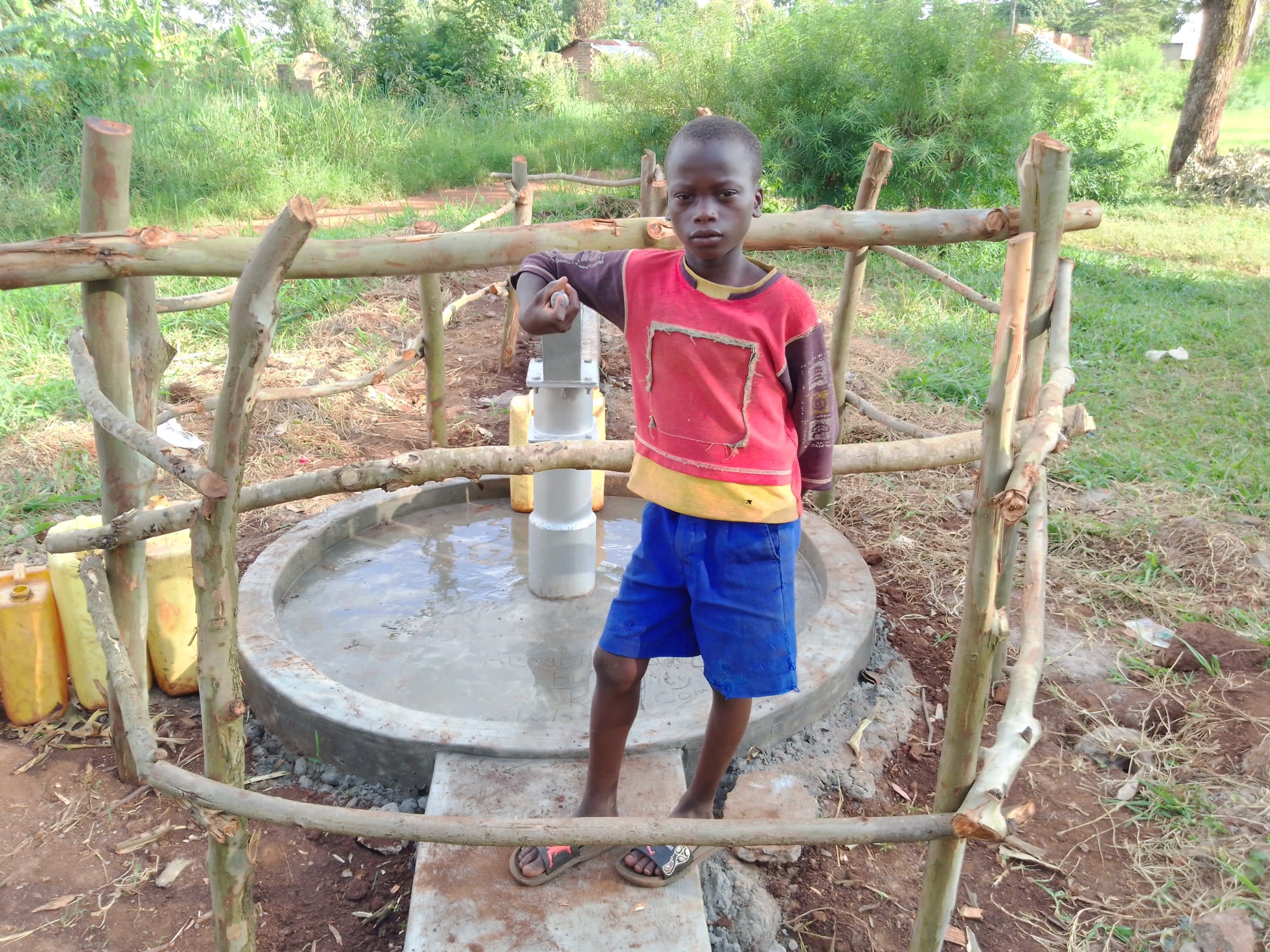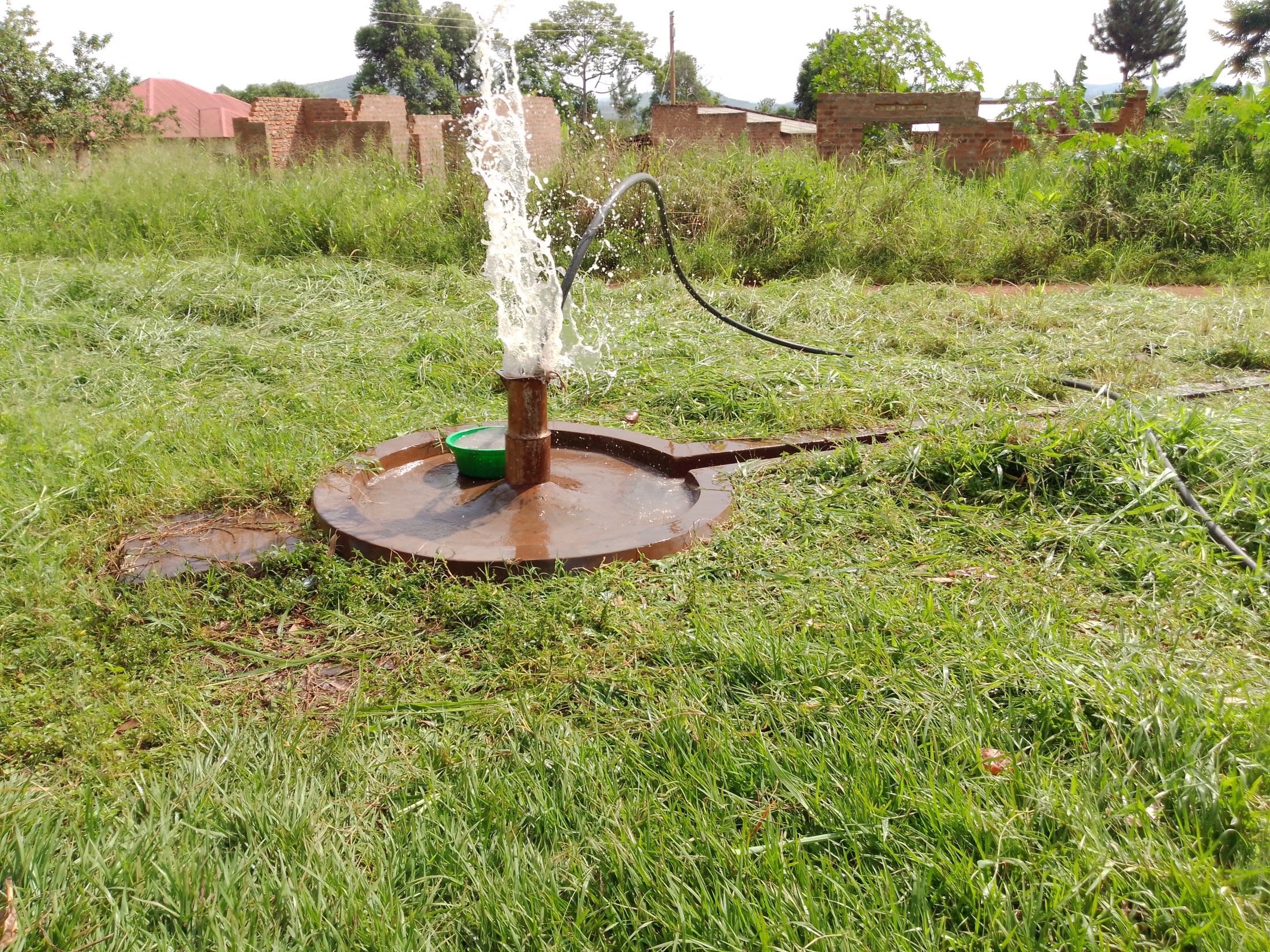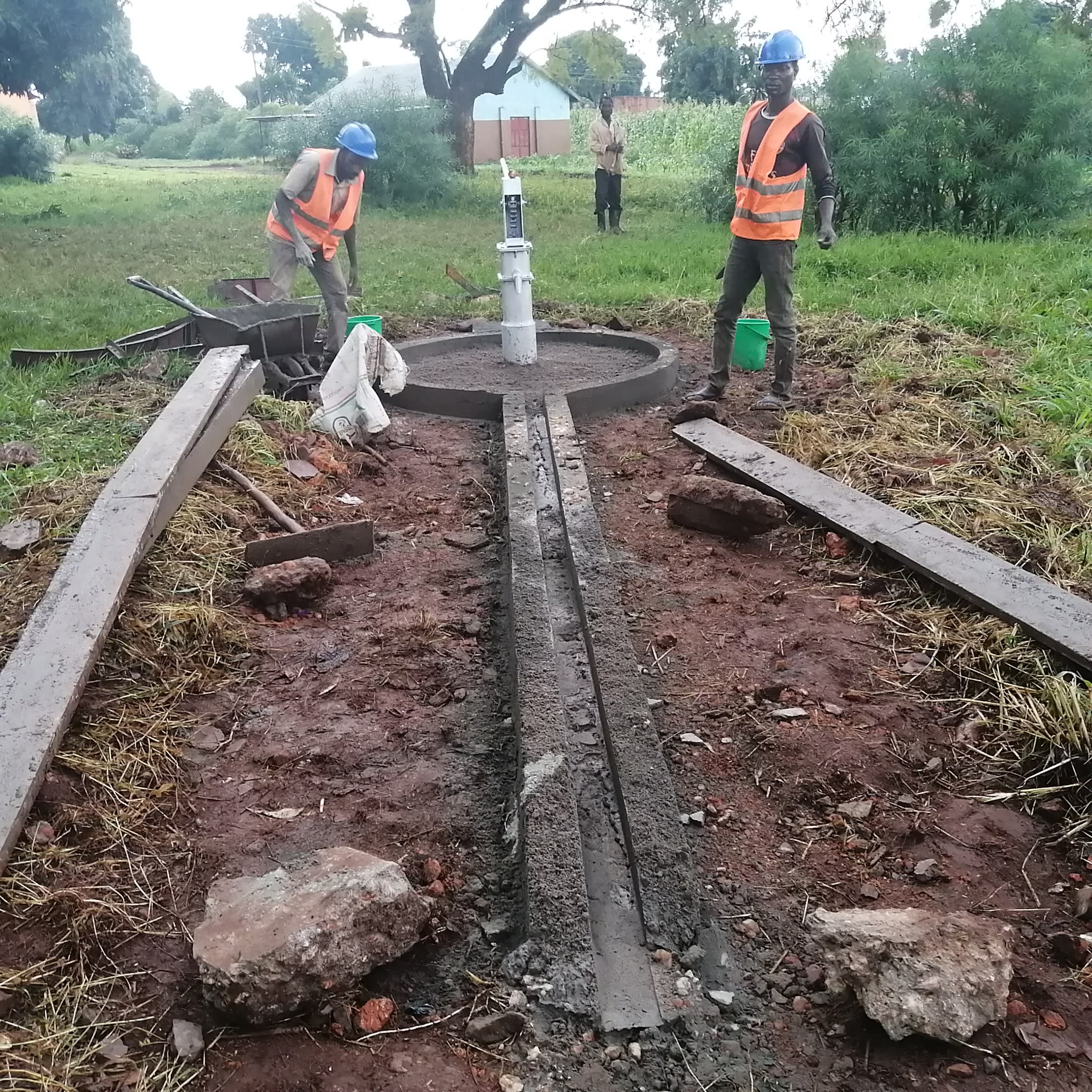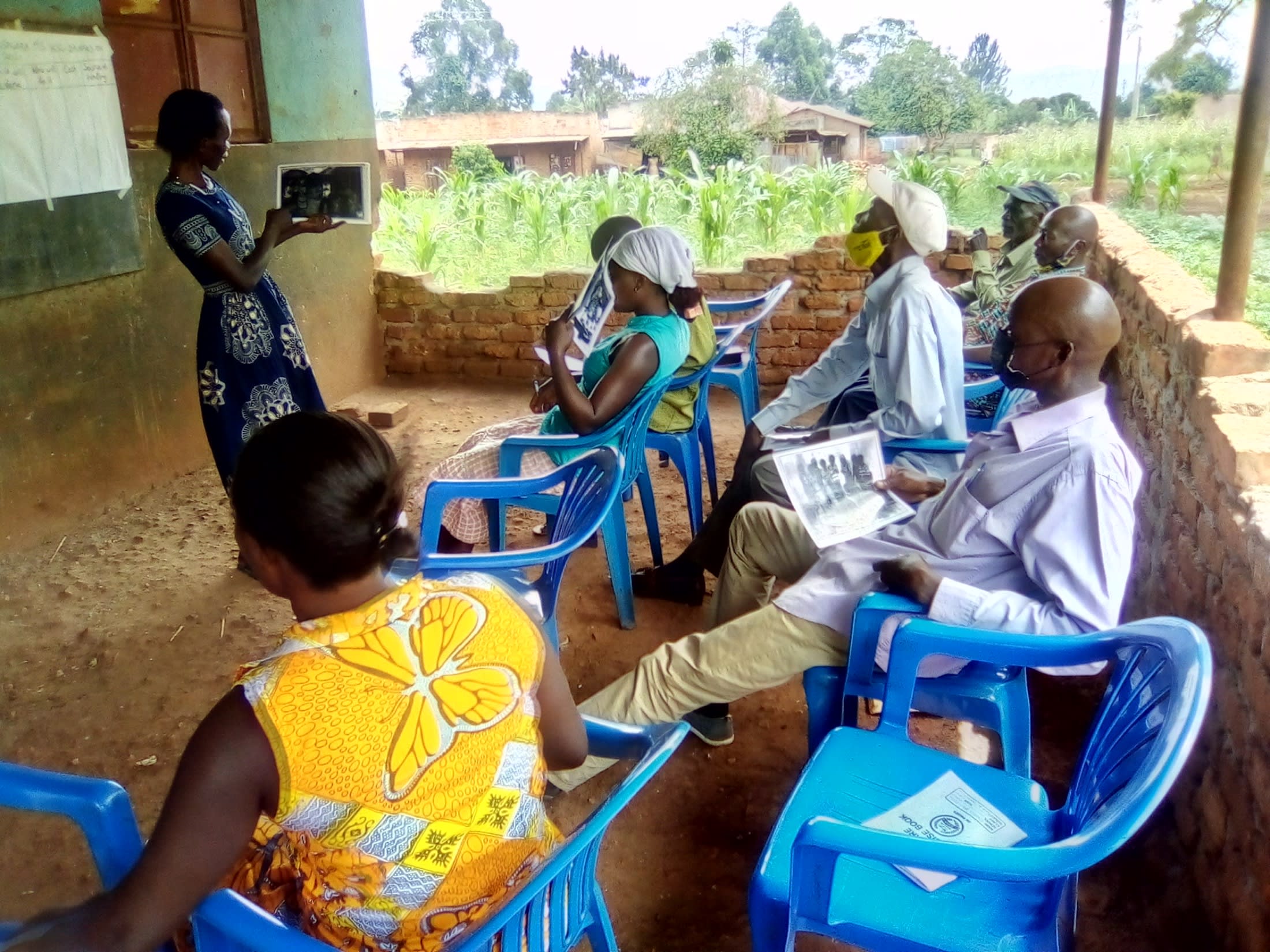The Isagara community has the advantage of being located near the Kinyara Sugarcane Factory, with most of the laborers living locally, making electricity available to area households. The most common livelihoods include laboring in sugar cane production or the farming of maize, beans, cassava, and sugarcane.
Isagara Primary School was established by the community in 1954. In 1975, the government took over the school and drilled a borehole well to be shared between the community and the school since there was no safe source of drinking water nearby. Since that time, more classrooms have been constructed to accommodate additional students and improve the village's quality of education.
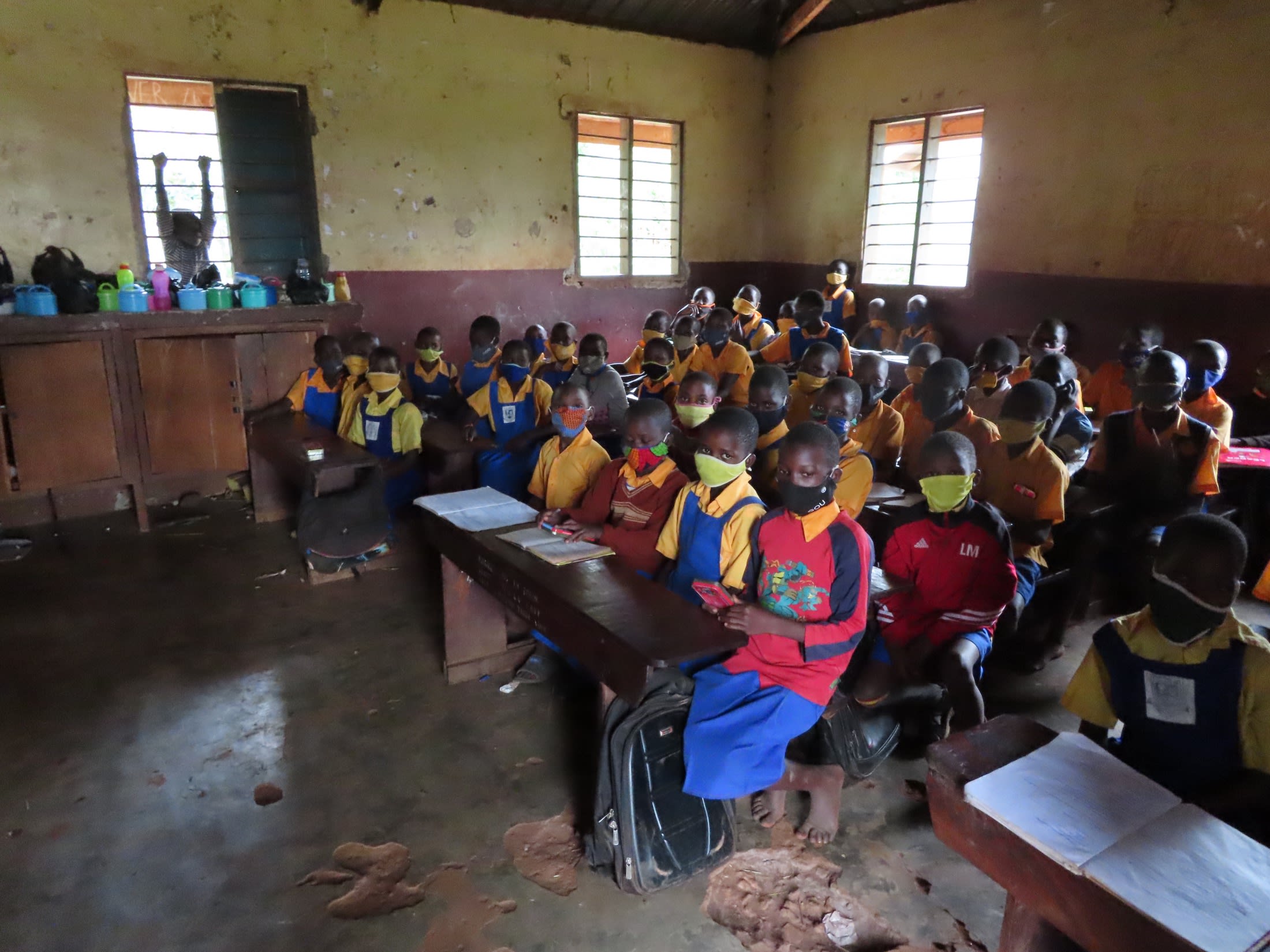
Unfortunately, the borehole is not currently functional, making water a challenge for students and those in the local community to find. If they do not travel to a nearby village, they are left to scoop muddy and contaminated water from narrow, shallow channels or dig new holes.

The school headteacher shared how the local water crisis impacts pupils, "Since the outbreak of the COVID-19 pandemic, we have not had a functional borehole at the school, and this has made it challenging for us. The children delay at the alternative water point due to the long distance they have to walk to reach it, and lessons are always disrupted. Some children go home to look for drinking water and never return to school until the next day."
The rehabilitation of this water point will help relieve some of the local water crisis for the students and the ever-increasing local population. Having this operational waterpoint in the community should reduce the energy and time students, and local community members use to collect water and offer a solution for safe drinking water.
Here’s what we’re going to do about it:
Rehabilitated Well
We are going to restore water to the broken-down borehole. Since this water point is located at the center of the village and easily accessible by the majority of people, unlike the springs which are located at the far ends of the village, when this borehole is restored to its original status, it will provide the community with easy access to clean and safe water. We will remove the old pump, clear out the well, reinstall a new stainless steel pump, and build a new well pad to protect the water.
Training
Training’s main objectives are the use of latrines and observing proper hygiene practices since these goals are inherently connected to the provision of clean water. Open defecation, water storage in unclean containers, and the absence of handwashing are all possible contaminants of a household water supply. Each participating village must achieve Open Defecation Free status (defined by one latrine per household) before the pump installation for a shallow hand-dug well.
This social program includes the assignment of 1 Community Development Officer (CDO) to each village. The CDO encourages each household to build an ideal homestead that consists of a latrine, handwashing facility, a separate structure for animals, a rubbish pit, and a drying rack for dishes.
We also implement the Community-Led Total Sanitation (CLTS) approach with each of our village partners. This aims to improve the sanitation and hygiene practices and behaviors of a village. During these sessions, village leaders naturally emerge and push the community to realize that the current patterns of individual households – particularly the practice of open defecation – are unhealthy and affect the entire village. CLTS facilitates a process in which community members realize the negative consequences of their current water, sanitation, and hygiene behaviors and are inspired to take action. Group interactions are frequent motivators for individual households to build latrines, use the latrines, and demand that other families do the same.
Improved Sanitation
The aim is that all households own an improved latrine. Many homes do not use a toilet but use the bush. Due to open defecation, feces are spread all over the village. This leads to waterborne diseases and contamination of groundwater and surface water. Our aim is that the community can live a healthy life free of preventable diseases. We endeavor that people will have both access to sustainable, clean water and access to sanitation at the end of our presence in the community. We have now organized families to form digging groups for latrine construction and empowered them with the tools they will need.

 Borehole Well and Hand Pump
Borehole Well and Hand Pump










